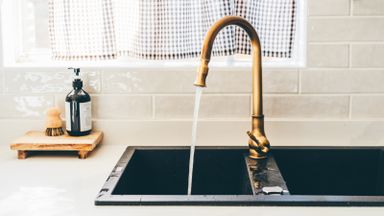
"Before 1970, lead pipework was commonly used to connect properties to the mains water network. The use of lead pipes has since been banned, however many older properties that have not been modernised are likely to have lead pipework underground and/or inside the building."
"Lead pipework was commonly used before the 1970s for incoming water supplies from the pavement into properties. In most cases, a single continuous lead pipe would run from the external stopcock in the pavement to the internal stopcock inside the house. This method was popular at the time because it required no joints, saved installation time, and the pipe's flexibility made it easy to bend around corners."
"Lead was used traditionally as a material becuase it is tough but malleable and easy to bend and fashion into water pipes. Lead is also long lasting and resists the corrosion caused by water, and as it has a low meltin"
Lead pipework was widely used before the 1970s to connect properties to the mains water supply, often as a single continuous pipe from the external stopcock in the pavement to an internal stopcock. Lead was chosen because it is malleable, flexible, long-lasting and resistant to corrosion, and it simplified installation by avoiding joints. Lead pipes were banned after the 1970s, but many older, unmodernised properties may still contain them underground or inside buildings. Small amounts of lead can infiltrate drinking water and cause long-term health damage, so homeowners in older properties should check for and replace lead piping.
Read at Homebuilding
Unable to calculate read time
Collection
[
|
...
]